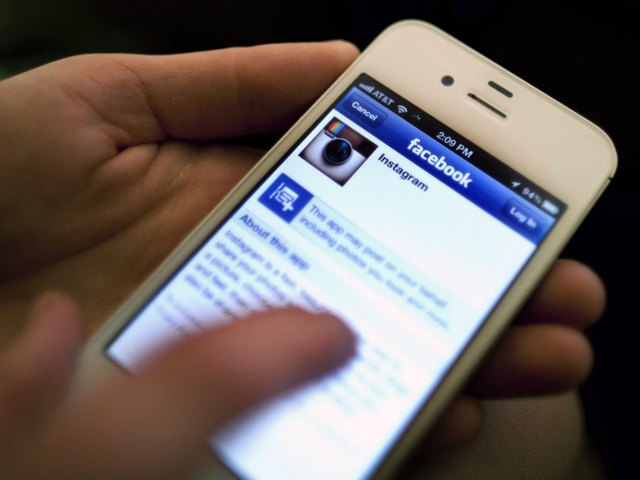Despite decades of the medical community warning that time spent watching TVs, computers and cell phones can cause eye soreness, dizziness, blurry vision, headaches, and muscle strain, Americans are becoming more addicted to all screens–and especially small screens according to Nielsen’s latest Cross-Platform Report.
“U.S. consumers spent an average of 270 hours per month watching TV or using smartphones, PCs and other devices in the first quarter of 2014”, according to Nielsen. Smartphone usage had the biggest increase over the last year as Americans now spend “7 hours more per month using apps or browsing on their mobile phones.”
The only two categories of screens that saw a slight decrease were live TV and Blu-Ray/DVD playback. But despite a one minute per day decrease in watching regularly scheduled programing, the average American still spends 59% of screen time watching 5.25 hours of live TV per day.
Nielsen also predicts that the universe of U.S. “television homes” and the potential TV audience are both continuing to grow. The 2015 Advance National TV Household Universe Estimate (UE) predicts that there will be 296 million persons age 2 and older in 116.3 million TV homes in the U.S. in 2015. That is an audience increase of 0.5%.
The daily change in the first quarter of 2014 versus last year for screen time was as follows for each device:
- Smartphone (browser plus apps): +14.3 minutes
- Internet Video: +7.6 minutes
- Time Shifted TV: +2.3 minutes
- Game Console: +0.4 minutes
- Mobile Video: +0.3 minutes
- DVD and Blue Ray -0.2
- Live TV: -0.5 minutes
The big increase in daily smartphone viewing is bound to cause more problems, since medical problems become worse as the size of the screen shrinks.
Dr. Matt Gardiner, an ophthalmologist at Massachusetts Eye and Ear Institute, recently reported that most of the time people blink about 15 times per minute. But when using the tiny screens on smartphones, that rate drops by half. That has a direct causal relationship to dry eyes, shoulder and neck muscles tensing up, face muscles contorting, and headaches setting in the longer people stare at the tiny screens.
Dr. Gardiner suggests people increase the font size on their devices, take breaks from staring at screens every 20 minutes, and make a conscious effort to blink more often to help alleviate symptoms.

COMMENTS
Please let us know if you're having issues with commenting.